-
×
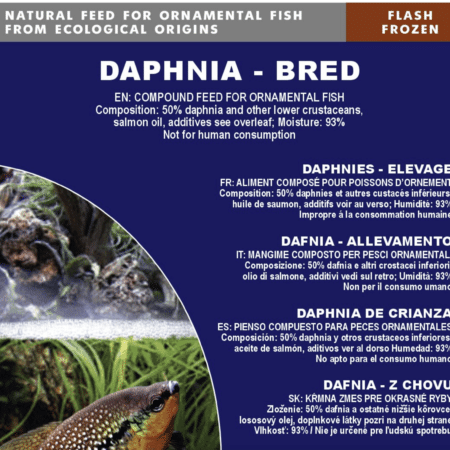
-
×
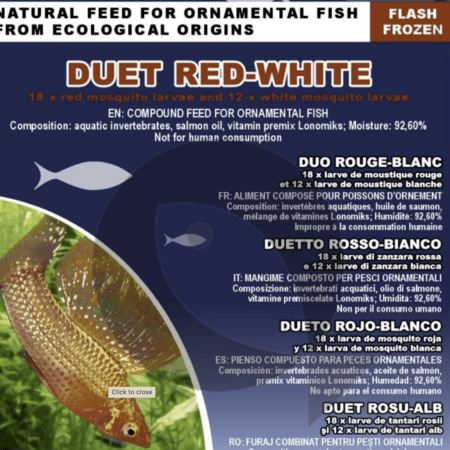
-
×
 6 X 100 G Octet Blister – 8-Ingredient Flash-Frozen Live-Food Cubes, Delight Your Fish with Stunningly Balanced Nutrition, Ideal for All Species in Any Tank Setup
1 × £16.00
6 X 100 G Octet Blister – 8-Ingredient Flash-Frozen Live-Food Cubes, Delight Your Fish with Stunningly Balanced Nutrition, Ideal for All Species in Any Tank Setup
1 × £16.00 -
×

-
×
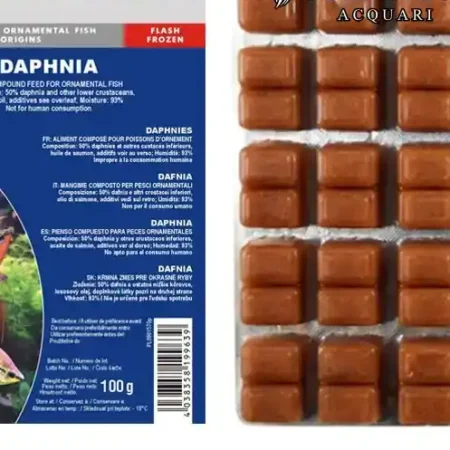 6X100G Daphnia Blister – Flash-Frozen Daphnia pulex Cubes, Delicious Frozen Food for Enhancing Health and Growth of Your Cherished Aquarium Companions
1 × £12.00
6X100G Daphnia Blister – Flash-Frozen Daphnia pulex Cubes, Delicious Frozen Food for Enhancing Health and Growth of Your Cherished Aquarium Companions
1 × £12.00 -
×

Subtotal: £108.12

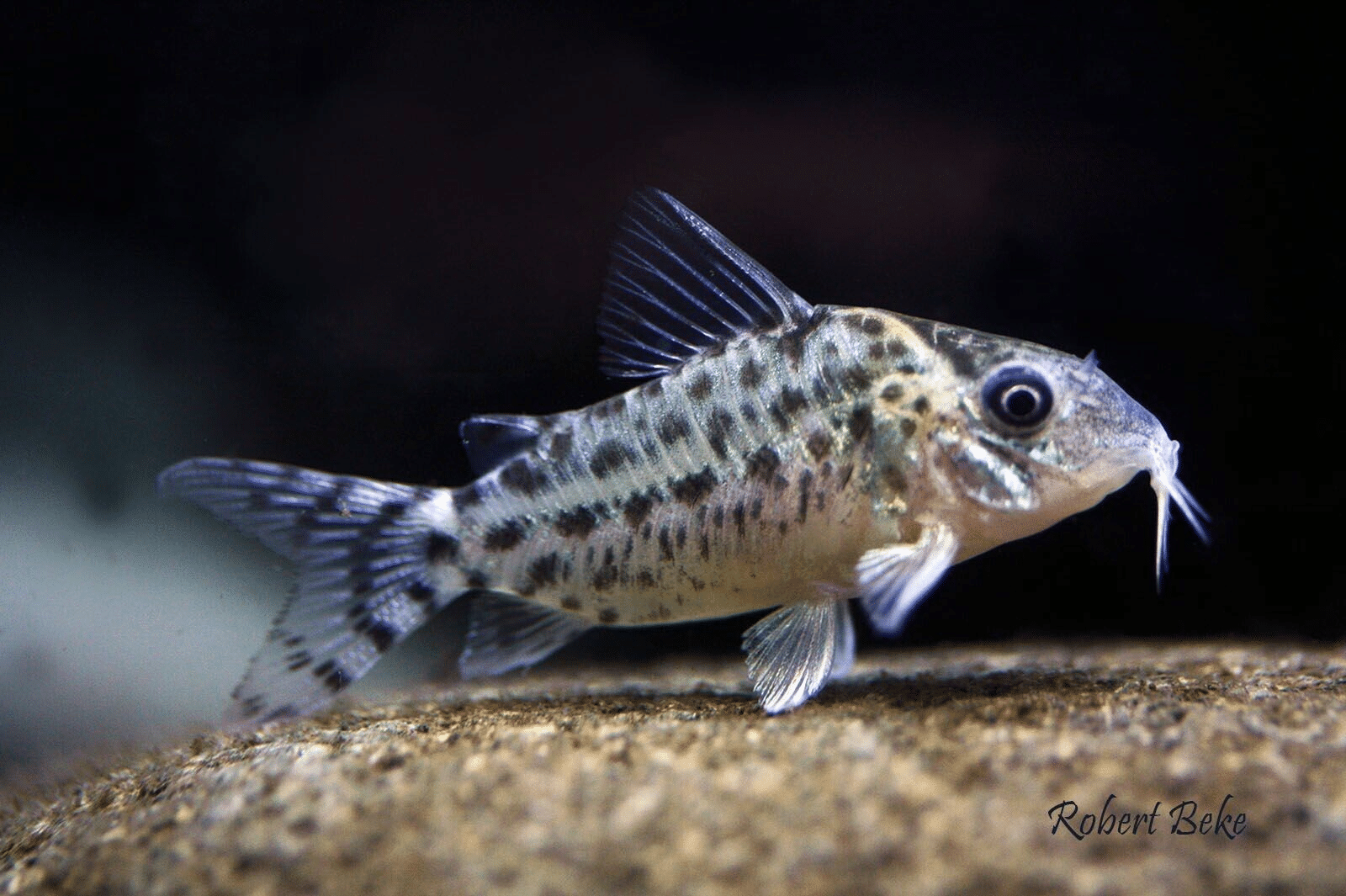
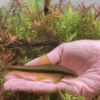
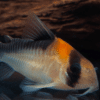










Emily Carter (verified owner) –
I recently purchased the Spotted Cory (Corydoras Agassizii) and I couldn’t be happier! As a caring fish parent, I prioritize the health and happiness of my aquatic pets, and these little guys have exceeded my expectations. I added them to my 20-gallon tank about two weeks ago, and they’ve already become the joyful stars of my aquarium. Their playful nature and gentle interaction with other fish create such a lively atmosphere.
I love watching them dart around the substrate, sifting through the sand for food. Their elegant spotted patterns not only enhance the tank’s beauty but also help them blend in, which I believe makes them feel more secure. Compared to other catfish I’ve had, I find the Spotted Corys much more sociable and engaging, and they seem to thrive in a well-planted tank.
Just a tip for new buyers: make sure your tank has plenty of hiding spots because they do appreciate a cozy nook or two! Overall, I highly recommend these as the best fish for anyone looking to add personality and charm to their aquarium. They truly are a delight, and I will definitely be getting more of them in the future!
Emily Carter (verified owner) –
I recently added the Spotted Cory (Corydoras Agassizii) to my community tank, and I couldn’t be happier! After about two months, these little bottom-dwelling fish have transformed my aquarium into a lively and colorful environment. They are not only easy to care for but also wonderfully social and active, darting around and playfully interacting with their tank mates. I also appreciate how they help keep the substrate clean, which is a huge plus!
Compared to other catfish I’ve kept, such as the Bristlenose Pleco, the Spotted Corys are much more engaging and much less territorial. Their unique spotted patterns make them visually stunning, especially against a backdrop of lush aquarium plants. My tank is thriving with both flora and fauna, and they seem to love exploring the plants.
A small consideration is that they prefer to be in groups, so I’d recommend getting at least four or five to ensure they feel comfortable and happy. Overall, I wholeheartedly recommend the Spotted Cory to both novice and experienced aquarists. They add such personality and charm to any community tank!